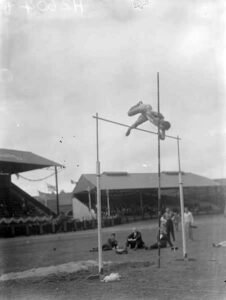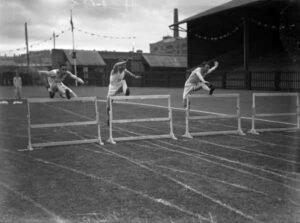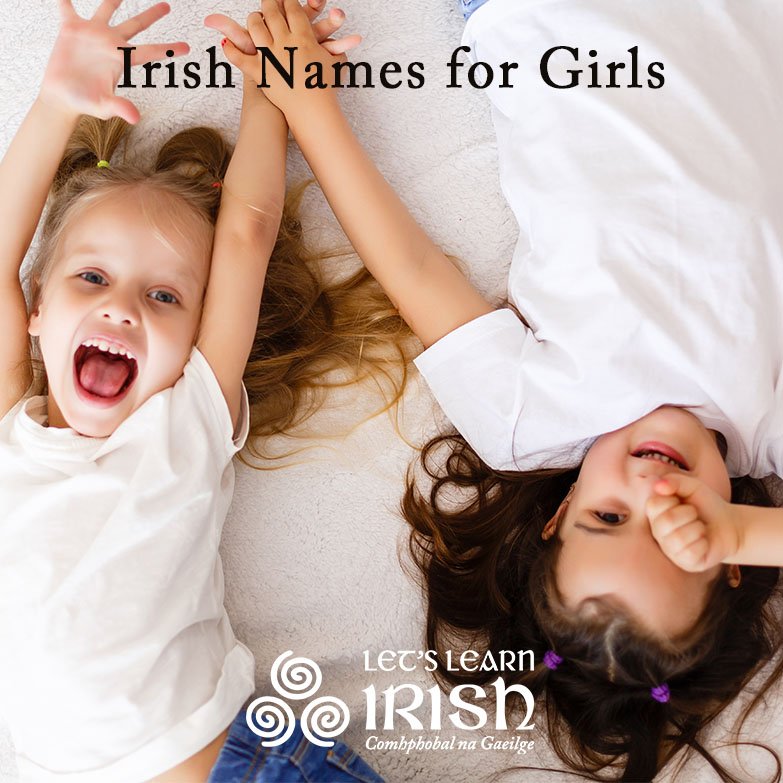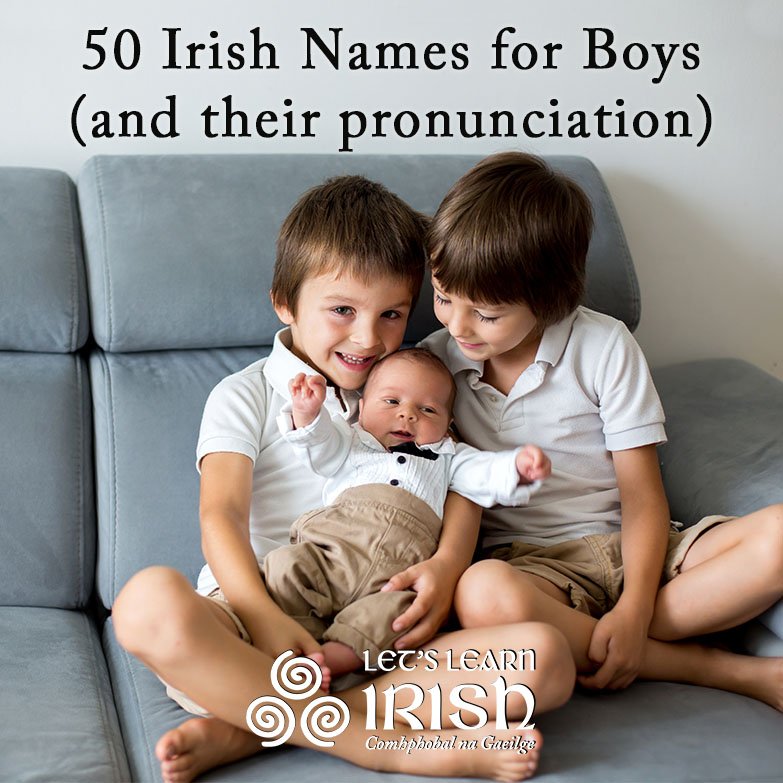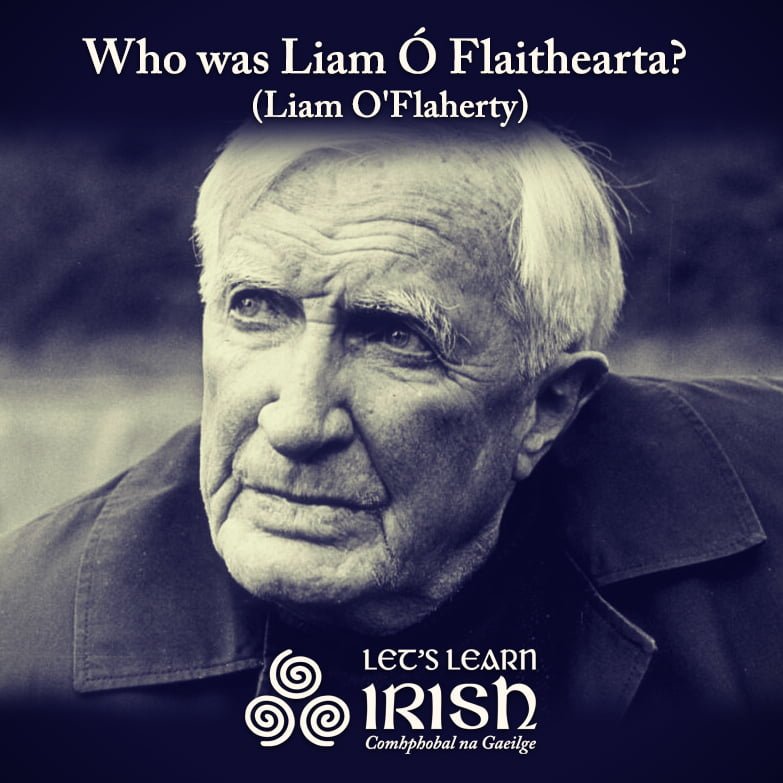The Tailteann Games: Ireland’s Ancient Olympics
 Just as the Olympics are based on a Greek sporting contest that took place in the 8th century BCE, so did Ireland revive an ancient tradition upon becoming a free state in the 1920s.
Just as the Olympics are based on a Greek sporting contest that took place in the 8th century BCE, so did Ireland revive an ancient tradition upon becoming a free state in the 1920s.
The Tailteann Games, held in 1924, 1928 and 1932, helped establish Ireland on the international stage after coming out of the War for Independence and the Irish Civil War. Although short-lived, the revival of the Tailteann Games promoted Irish culture and art, while encouraging much needed tourism into the country. In this article, we will look at the origins of this sporting event, its revival in the 1920s, its ending, and the enduring legacy of the Tailteann Games.
The Origins of the Tailteann Games

The Tailteann Games, also known as ‘Aonach Tailteann’, were originally part of a funeral celebration that, according to some sources, dates as far back as 1829 BCE. Traditionally held at Teltown in County Meath, halfway between Navan and Kells, the ancient Tailteann Games were deeply rooted in Irish mythology and history. In recounting history from the founding of the world to Medieval times, the ancient text Lebor Gabála Érenn (The Book of Invasions) states that the competitions were created by the king and master craftsman Lugh Lámhfhada to honor the death of his foster mother, Tailtiu.
The Tailteann Games were held during the last two weeks in July, culminating in the festival of Lúnasa on August 1st. Comórtais (competitions) included skills of feat, such as wrestling, spear-throwing, swimming, high jumping, long jumping, chariot and horse racing, boxing and other similar contests. Additionally, the arts were also a major feature of the event, with contests in canadh (singing), damhsa (dancing), seanchas (storytelling) and ceardaíocht (craft-making).

The public festival, in addition to honoring the death of an important figure, was also a time when the leader would proclaim laws for the people to live by. These were usually delivered by bards, who wrote poetry and told stories as their profession. The ancient games also served as a kind of gathering for the purposes of trading goods, settling legal disputes and engaging in social and political networking. The festivities provided an opportunity for clans from across Ireland to compete in a spirit of sportsmanship and fair play, crucial for maintaining peace among the diverse groups. Perhaps even more interesting, there was also an assembly of arranged marriages. Couples met for the first time and were given a trial period of a year and a day to decide if they wanted to divorce or remain wedded.
The Revival of the Tailteann Games

The Norman invasion of Ireland in 1169 ended the long tenure of the Tailteann Games. However, in 1924, the tradition was renewed. In the early 1920s, Ireland was emerging from the Irish War of Independence and then the Irish Civil War, the latter in particular coming at a heavy psychological cost for the new free state. Proposed in 1922 and first held two years later, the resurrected Tailteann Games celebrated Ireland’s sovereignty, as well as helped promote its culture on the world stage.

One of the unique aspects of the revived Tailteann Games was the participation of athletes from around the world. Unlike their ancient predecessors, which were primarily a local affair, the modern Tailteann Games welcomed competitors from the Irish diaspora and from countries with no historical ties to Ireland. Athletes from the United States, Canada, Australia, South Africa, and parts of Europe competed, bringing an international flair to the events. This not only helped to elevate the profile of the games but also fostered a sense of unity and celebration of Irish identity worldwide.

The organizers of the event made sure the Tailteann Games coincided with the Olympics in order to attract athletes and tourists from that event. Because the 1924 Olympics were held in Paris and four years later in Amsterdam, many gold medal athletes travelled to Ireland for the Tailteann Games, bringing the event to 6,500 competitors in the first year. The revival included a broad range of sports, some of which were traditional Irish games like hurling, Gaelic football, and camogie, as well as more globally recognized sports like athletics, boxing, and cycling. Like with the original Tailteann Games, there were also various competitions in the arts, such as music, dance, and art, echoing the ancient tradition of celebrating all aspects of culture.
The Games Come to an End

Although the Tailteann Games were a remarkable achievement for the young nation, they were also short lived. The 1928 competition was another success, with the awards ceremony being held in Iveagh Gardens, Dublin. However, the event loss steam in the 1932 iteration. The Olympics were located in Los Angeles that year and many athletes thought it too far to travel to Ireland afterwards. Also, the competition created a significant financial deficit that had to be dealt with. The games were ultimately reduced from two weeks to one. The Tailteann Games were planned for 1936, but when Fianna Fáil took power in the 1932 election they cut funding to the project, essentially terminating it.
Undoubtedly, there are a number of reasons for this decision to wind down the competition:

Competitor in the pole vault, Tailteann Games 1924-32 (National Library of Ireland). Economic Constraints: The global economic downturn during the Great Depression in the 1930s strained many countries’ finances, including Ireland’s. Funding large-scale international sporting events became increasingly challenging, and financial resources were redirected towards more pressing economic needs.
Political Changes: The political landscape in Ireland was undergoing significant changes during this period. The death of key proponents of the games, such as J.J. Walsh who revived the games in 1924, and shifts in political priorities with different governments meant that support for such culturally nationalistic projects waned. As new leaders with different priorities came into power, the emphasis on traditional and historical celebrations like the Tailteann Games diminished.
Lack of Sufficient International Interest and Participation: Although the games did attract athletes from overseas, they struggled to compete with the Olympics and other well-established international sporting events. The Tailteann Games did not manage to secure a permanent place on the international sports calendar, which limited their growth and sustainability.

Hurdles, Tailteann Games, 1932 (National Library of Ireland). World War II and Subsequent Recovery: The onset of World War II and the subsequent focus on recovery in the post-war years shifted global and national priorities significantly. Resources and public attention were directed towards rebuilding efforts rather than cultural and sporting events.
Evolution of Sport in Ireland: Over time, other sports events and organizations in Ireland, such as the Gaelic Athletic Association (GAA), grew in popularity and influence, filling the cultural and sporting void left by the Tailteann Games. These organizations provided a more regular and sustainable outlet for national sports, reducing the perceived need for a separate multi-sport event like the Tailteann Games.
The Legacy of the Tailteann Games

The “big event,” from World Fairs to the soccer World Cup, was one of the ways in which western nations promoted themselves in the late 19th and early 20th century. In declaring its new sovereignty, Ireland sought to do the same.
In order to celebrate Irish culture and history, the newly formed Irish Free State returned to its past. In resurrecting the old tradition, the Tailteann Games once again played a pivotal role for the people on the island, bringing them together to help deal with recent trauma and support the process of nation building. In reviving its own ancient Olympics 100 years ago, Ireland was able to start laying the foundation for a better future. Despite their discontinuation, the Tailteann Games hold a fond place in Ireland’s cultural memory, remembered for their role in promoting Irish heritage and fostering international ties through sports during a formative period of the nation’s history.

Today, the legacy of the Tailteann Games lives on in the spirit of other cultural and sporting events in Ireland. One such example is the Tailteann Cup, founded in 2022 by the Gaelic Athletic Association (GAA), as a competition for county teams who do not qualify for the All-Ireland Senior Football Championship. The Tailteann Games remain a symbol of Ireland’s rich historical tapestry and its longstanding appreciation for the blend of athleticism and cultural celebration. ‘Aonach Tailteann’ serves as a reminder of how sports can transcend mere physical contests to become significant cultural gatherings that strengthen national identity and international relationships.
Bígí páirteach!
Join the online Irish community at LetsLearnIrish.com.
Follow on social media @LetsLearnIrish.

